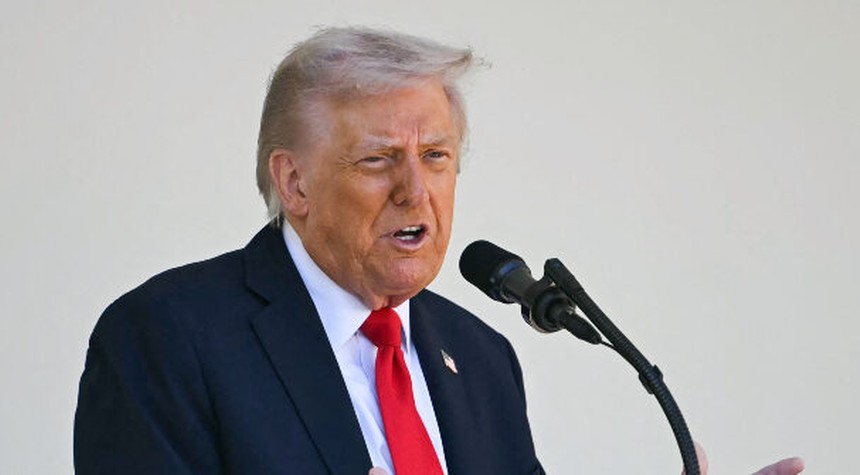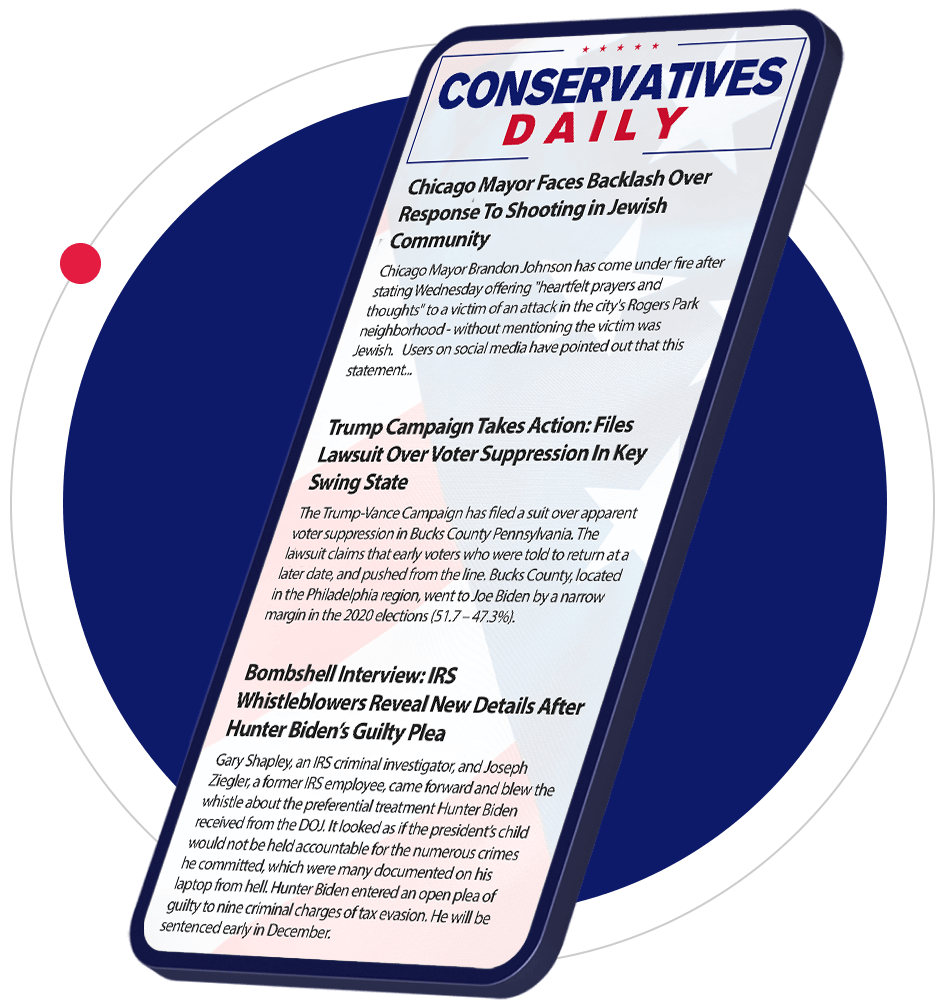The Trump White House appears poised to release a healthcare policy framework that could reshape how millions of Americans pay for their medical coverage, with an announcement potentially coming as early as this week.
According to multiple reports, the administration’s plan centers on a two-year extension of enhanced premium tax credits, commonly known as Obamacare subsidies, which are set to expire at year’s end. But this is not simply a rubber stamp of the existing system. The proposal reportedly includes significant reforms that Republicans have been pushing for since these enhanced subsidies became a fixture during the coronavirus pandemic.
The White House has not confirmed the specifics, maintaining that any details remain speculative until President Trump makes an official announcement. That measured response suggests the administration is still fine-tuning a complex proposal that must navigate both policy concerns and political realities on Capitol Hill.
Here is what sources indicate the framework includes. The plan would establish new income eligibility limits, capping subsidies at 700 percent of the federal poverty line. This represents a direct response to Republican complaints that the current system allows wealthy Americans to benefit from what was intended as temporary pandemic relief. It is a matter of fairness, conservatives argue, and fiscal responsibility in an era of mounting federal deficits.
The proposal would also require minimum premium payments, ensuring that beneficiaries maintain some financial stake in their healthcare decisions. This principle aligns with conservative healthcare philosophy that personal responsibility and market forces should play a role in controlling costs.
Perhaps most intriguing is the administration’s push for Congress to fund cost-sharing reduction plans. These CSR provisions were included in the Big Beautiful Bill but were stripped out after Senate Democrats objected, claiming they violated budgetary reconciliation rules. The Congressional Budget Office found that these healthcare reforms would have reduced premiums by 12.7 percent and saved $30.8 billion by decreasing reliance on enhanced premium tax credits.
The Trump plan would also introduce a novel approach to how subsidies reach Americans. Rather than sending the entire tax credit to insurance companies to indirectly lower premiums, a portion would go directly to citizens through tax-advantaged savings accounts. This mechanism gives Americans more control over their healthcare dollars and potentially greater flexibility in how they use those funds.
White House deputy chief of staff James Blair acknowledged last week that President Trump’s healthcare ambitions may exceed what Congress is prepared to support. That candid assessment reflects the political tightrope the administration must walk. Republicans control both chambers, but narrow margins mean every vote counts, and healthcare reform has historically proven treacherous territory for both parties.
The timing of this announcement is significant. With enhanced subsidies set to expire in mere months, millions of Americans face potential premium increases unless Congress acts. The administration appears to be positioning itself as the problem-solver, offering a compromise that extends benefits while implementing reforms conservatives have long demanded.
Whether this framework can satisfy both fiscal conservatives concerned about federal spending and moderates worried about coverage disruptions remains to be seen. The details matter, and the devil is always in those details when it comes to healthcare policy.
Related: Eric Swalwell Launches California Governor Bid Amid Federal Fraud Investigation


